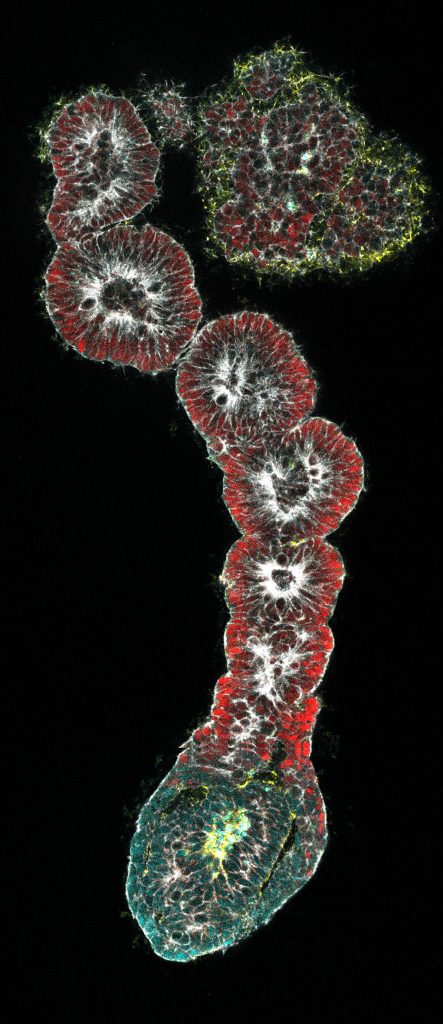
Immunofluorescence staining of human pluripotent stem cell-derived axioloids. Credit: Alev Lab (ASHBi/Kyoto University)
ASHBi researchers have helped uncover the secrets of the human body’s plan.
Michelangelo’s David captures the beauty of the human form, but scientists have been baffled for over 100 years by how this perfect body structure develops. This mystery has been hard to unravel due to technical limitations and ethical issues surrounding research on human embryos.
However, now, work published in Nature by an international team of scientists led by Dr. Cantas Alev, at the Institute for the Advanced Study of Human Biology (ASHBi) in Kyoto University, has uncovered using their own mallet and chisel –a petri dish and induced pluripotent stem cells (iPSCs)– how the early stages of the human body plan are established.
Similar to other organisms within the animal kingdom, the human body consists of repetitive anatomical units or segments – a prominent example being the vertebrae of the human spine. The most primitive version of such segments in the human embryo, known as somites, arise from an embryonic tissue called presomitic mesoderm (PSM) and contribute to the formation of various structures including cartilage, bone, skin, and skeletal muscle.
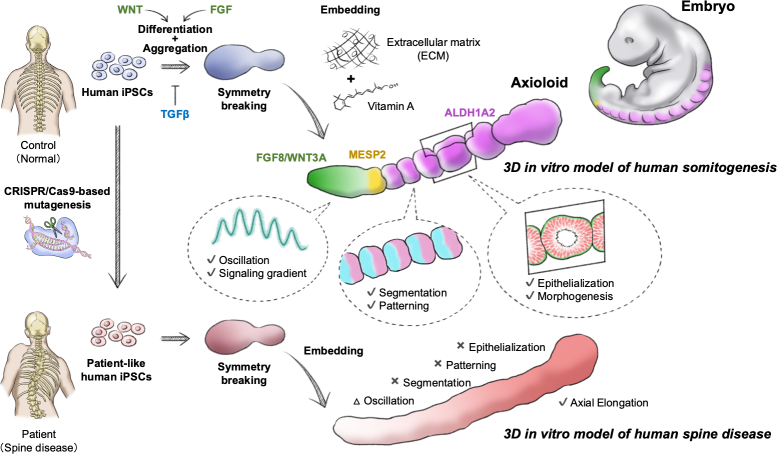
Graphical abstract of the paper. Credit: Alev Lab (ASHBi/Kyoto University) / Misaki Ouchida
While previous work by Alev and colleagues reconstituted the so-called segmentation clock, a molecular oscillator and dynamic ‘wave’ of gene expression required for the proper formation of human somites (somitogenesis), it could not recapitulate the complex three-dimensional (3-D) morphological and structural changes occurring during human body-axis development.
In their new study, Alev and co-workers, using a cocktail consisting of human iPSCs-derived cells and Matrigel –a viscous gel compound enriched with extracellular matrix components– have now generated a 3-D model that can recapitulate the development of our early body plan in a dish, which they coined ‘axioloids’.
“(Our) axioloids capture, not only the oscillatory nature of the segmentation clock but also the molecular as well as the 3-D morphological and structural characteristics observed during the process of segmentation and somitogenesis,” says Alev.
By taking a bottom-up approach in their experimental design, Alev and his team identified a previously unappreciated functional role for retinoids, more commonly known as vitamin A and its derivatives, during somite formation. “Our bottom-up approach was critical to unraveling the role of retinoids during somitogenesis. It is likely that many researchers missed this essential role because vitamin A is a common supplement that usually gets included into culture media” comments Alev.
When Alev’s axioloids were compared to actual human embryos, they revealed “remarkable similarities to Carnegie Stage 9-12 human embryos, which is known to be a critical stage during human development where organs such as the brain and heart start forming” explains Alev.
Lastly, using iPSCs containing mutations commonly associated with congenital spine disease, Alev and co-authors demonstrated that axioloids can be instrumental in delineating how these mutations contribute to the pathogenesis of such diseases.
Alev comments, “our (bottom-up) approach of generating axioloids have not only allowed us to uncouple fundamental biological processes, such as cell morphology and cell states, but it allowed us to determine how mutations contribute to spine disease” and he continues, “we also anticipate similar strategies will become increasingly necessary in order to understand better the etiology and pathology of other diseases.”
Reference: “Reconstituting human somitogenesis in vitro” by Yoshihiro Yamanaka, Sofiane Hamidi, Kumiko Yoshioka-Kobayashi, Sirajam Munira, Kazunori Sunadome, Yi Zhang, Yuzuru Kurokawa, Rolf Ericsson, Ai Mieda, Jamie L. Thompson, Janet Kerwin, Steven Lisgo, Takuya Yamamoto, Naomi Moris, Alfonso Martinez-Arias, Taro Tsujimura and Cantas Alev, 21 December 2022, Nature.
DOI: 10.1038/s41586-022-05649-2

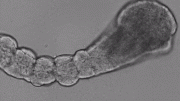
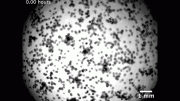
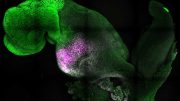
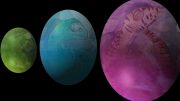
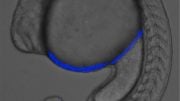
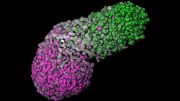
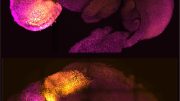
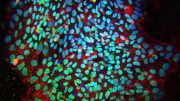
Be the first to comment on "Unraveling the Mystery – Researchers Sculpt the Human Body Plan in a Dish"